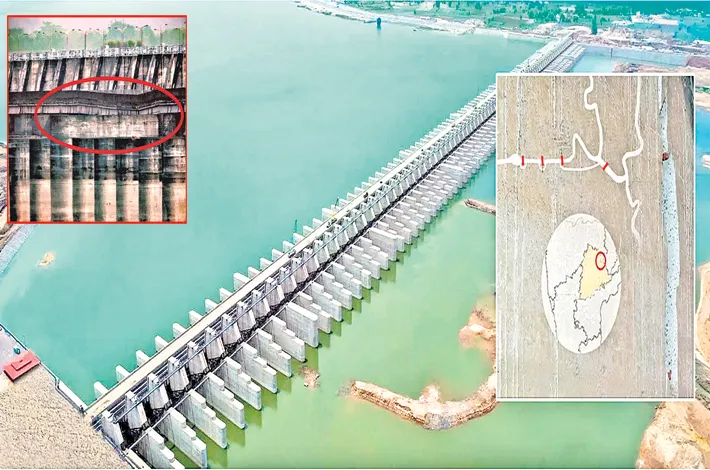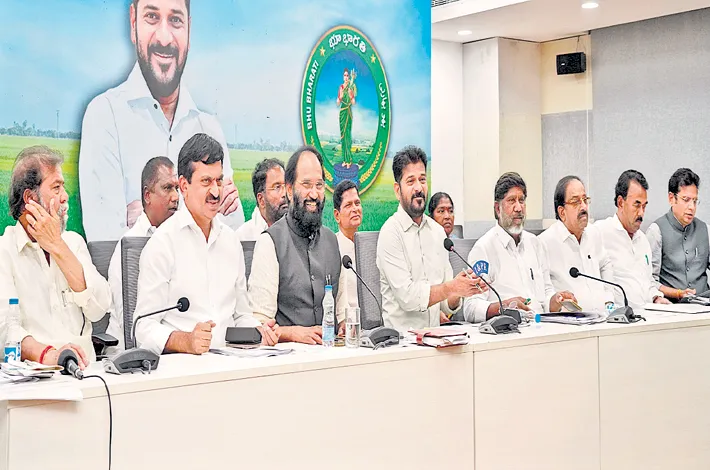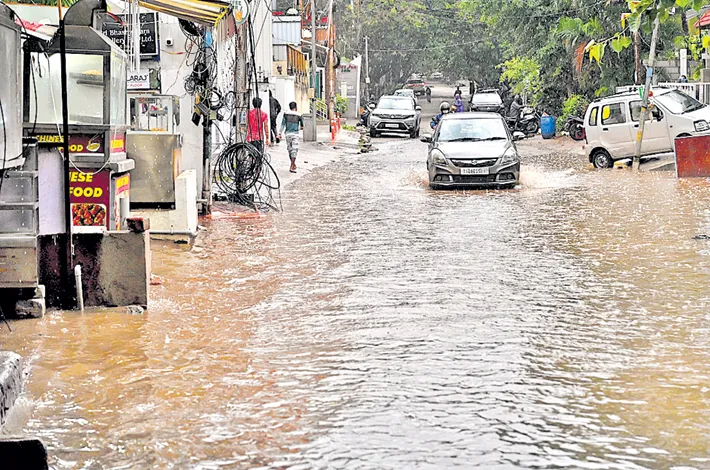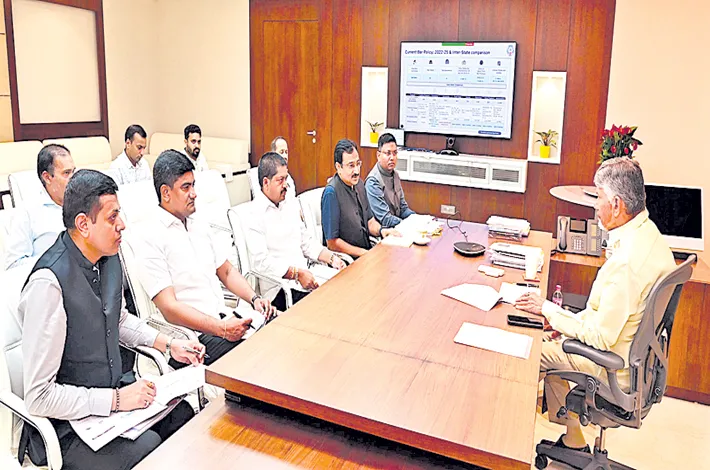Can TGSRTC Emulate SCCL’s Turnaround Triumph?
11-06-2025 12:00:00 AM

A Roadmap for TGSRTC’s Revival
TGSRTC’s survival hinges on adopting a similar strategy. The state government must appoint a visionary leader akin to APVN Sarma—someone with a proven track record of integrity and efficiency. This leader should be granted autonomy to implement reforms without political interference. Key steps include:
- Eradicating Corruption: Streamline procurement processes, particularly for high-cost electric buses, to ensure cost-effectiveness and transparency.
- Enhancing Workforce Efficiency: Introduce performance-based incentives, as Sarma did at SCCL, to boost employee morale and productivity. Training programs can improve service quality and operational efficiency.
- Financial Restructuring: Negotiate loan terms to reduce the ₹180 crore annual interest burden and explore innovative revenue streams, such as TGSRTC’s successful cargo and parcel services, which generated ₹170.13 crore by 2022.
- Stakeholder Engagement: Foster dialogue between management, employees, and unions to address grievances and align efforts toward financial recovery, mirroring Sarma’s approach.
- Fare Rationalization: Balance fare hikes with affordability to retain passengers while boosting revenue. Targeted subsidies for students and low-income groups could mitigate the impact of the recent 20-50% increase.
- Modernization: Expand eco-friendly initiatives like electric buses and bio-mobile toilets, ensuring cost-effective implementation to enhance public perception and operational efficiency.
C L Rajam
The Telangana State Road Transport Corporation (TGSRTC), a critical public transport lifeline for millions, is grappling with a deepening financial crisis that threatens its sustainability. With mounting losses, whispers of privatization, employee unrest, and a recent fare hike stirring public discontent, the corporation stands at a crossroads.
The state government’s limited capacity to fund persistent deficits has intensified the urgency for reform. Yet, a shining example from Telangana’s past—the remarkable turnaround of Singareni Collieries Company Limited (SCCL) under the leadership of APVN Sarma—offers a blueprint for revival. Could a similar approach save TGSRTC from collapse, or is the corporation doomed to succumb to inefficiencies and political interference?
TGSRTC’s Financial Woes: A Deepening Crisis
Since its formation in 2014 following the bifurcation of Andhra Pradesh, TGSRTC has struggled to maintain financial stability. Data from 2019 reveals that losses escalated from Rs 299.64 crore in 2014-15 to
Rs 748.90 crore in 2017-18, a staggering 150% increase. By 2020-21, the COVID-19 pandemic exacerbated the situation, with a reported revenue loss of Rs 1,603.78 crore, a 44.36% drop compared to the previous year. Despite a revenue uptick in 2022, with gross revenue rising from Rs 3,311 crore to Rs 5,879 crore, losses remained substantial at
Rs 650 crore. Key contributors to this financial quagmire include high operational costs, such as ₹180 crore annually in loan interest, ₹900 crore in salary enhancements, and ₹80-100 crore in dearness allowances. Rising diesel prices further strain the budget, adding an estimated Rs 4 crore monthly burden.
Recent fare Hike
The recent fare hike, announced on June 10 ranging from 20% to 50%, has sparked outrage among commuters, partic- ularly students and office-goers who rely on TGSRTC’s 9,232 buses serving 6 million passengers daily across Telangana and neighbouring states.
Critics, including the opposition BJP, argue that the Congress-led government’s decision lacks vision and burdens the public. Without structural reforms, this fare increase may only provide temporary relief while alienating TGSRTC’s core user base.
Privatization Fears and Employee Anxieties
The spectre of privatization looms large over TGSRTC. In 2019, then-Chief Minister K. Chandrasekhar Rao cited the Motor Vehicle Amendment Act 2019, which empowers states to privatize routes, as a potential solution to the corporation’s woes. He pointed to accumulated losses of ₹5,000 crore and annual losses of ₹1,200 crore, blaming unionism for inefficiencies.
The government’s move to hire 1,000 private buses during a 2019 strike signalled a shift toward partial privatization, raising fears among TGSRTC’s 48,000-strong workforce. Employees face significant uncertainty. In 2019, the government threatened to sack striking workers, prompting trade unions like the Telangana Mazdoor Union (TMU) to plan legal challenges.
Although Managing Director VC Sajjanar recently dispelled privatization rumours in February 2025, assuring employees that electric bus initiatives would not lead to layoffs, scepticism persists. The state’s decision to merge TGSRTC with the government in 2023, while retaining its assets, has done little to quell fears, as the corporation’s financial health remains precarious.
Government Funding: A Limited Lifeline
The Telangana government’s ability to sustain TGSRTC’s losses is constrained by competing fiscal priorities across its 57 public sector undertakings. In 2018, a 16% interim relief for employees added a ₹200 crore annual burden, highlighting the challenge of balancing employee welfare with fiscal responsibility. The government’s recent approval to fill 3,038 positions signals commitment to TGSRTC, but without addressing systemic inefficiencies, such measures may only delay the inevitable. Political interference, high-cost purchases (including electric buses), and delayed decision-making further erode the corporation’s viability.
Turn on Page 4








